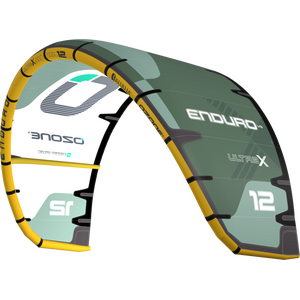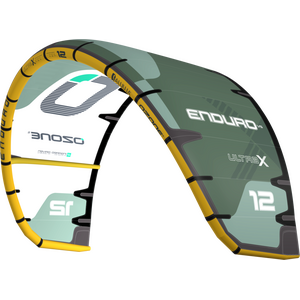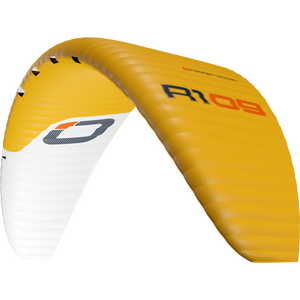
Kitesurfing and Snowkiting: Buyer's guide
Winter sports, Kitesurfing, Water sports, How to choose -guides, Snowkiting by Varuste.net, 1.2.2023
Kitesurfing (kiteboarding)
combines wakeboarding, windsurfing, surfing, sailing and paragliding.
Finnish nature offers great opportunities for kitesurfing. Kitesurfing is possible at sea or lakes when water is open. Maybe the best place to go in Southern Finland is Hanko. Other good spots for kitesurfing in Finland are Pori (Yyteri), around Vaasa, Lohtaja, Kalajoki and around Oulu. In Helsinki you can go kiteboarding in Kallvik or Lauttasaari.
When kitesurfing you'll need a kite, harness and a kiteboard. Depending on the weather and water temperature you'll also need a wetsuit or drysuit, neoprene boots, a hood and gloves. In summertime 3-5mm wetsuit will be just fine. Season is on until sea or lakes freezes. When kiteboarding for the first time we always recommend taking a course first.
Snowkiting
(snowkite, kiteski, kiteskiing) combines backcountry skiing, downhill skiing and kitesurfing.
Snowkiting is growing fast in Finland every year. And why wouldn't it get more popular? Finland is one the best places in the world to go snowkiting. We have lots of frozen lakes and sea in winter. All you need for snowkiting is some wind, snow and ice and that is something we do have in wintertime. Lapland is almost like a paradise for a snowkiter. There is a lot of empty treeless uplands and hundreds of frozen lakes where to go kiting.
Snowkiting is a multiform sports. You can go backcountryskiing, ride it at your home lake or ride up and down the fjells or mountains using the kite as a skilift. You can go up suprisingly steep hills with your kite. Expert-kiters can also jump and do freestyle tricks with the kite. In wintertime you need only your downhill skis or snowboard, a kite and a harness. Winter season is on until the snow melts.
With the ice screw you can anchor your kite to the ice when taking a break or finishing your session. Remember always to flip the kite after landing it with the ice screw.
Welcome to the fast growing and extremely fun sports.
Equipment
Kites are usually divided to two (2) main categories: foilkites and inflatable kites. Foilkites can be divided to open-cell and closed-cell kites. In addition to a kite you'll also need a harness, safety leash and a kiteboard or snowboard/skis depending on if you're going to the snow or water.

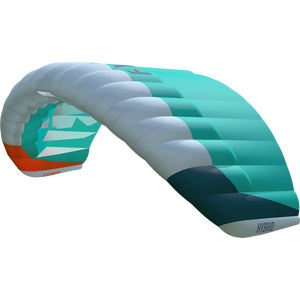

Foil kites are soft kites based on the design of the parafoil. They consist of a number of cells running fore to aft, some or all of which are open at the front to allow air to inflate the kite so it takes on an aerofoil section.
Open-cell foilkites have an open structure and can be used on land or snow. This is the most popular model if you want to kite only on snow. This is the easiest model to launch and land on your own. Very good option for backcountry snowkiting and kite expeditions. Open-cell foilkites are not suiteble to be used on water.
Closed-cell foilkites have half closed structure. In order to make them suitable for use on water closed-cell foils have limited air inlets in the centre of the leading edge, with valves to keep the air in and (hopefully) the water out. Internal holes in the cell sides allow the whole kite to inflate. These kites are naturally slower to inflate than an open-fronted foil. Closed-cell inflatables can be used on water, snow and land. Usually not recommended for beginners.
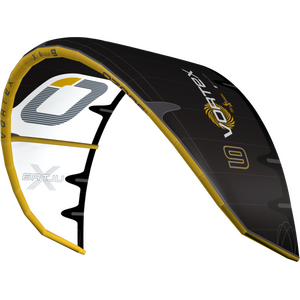
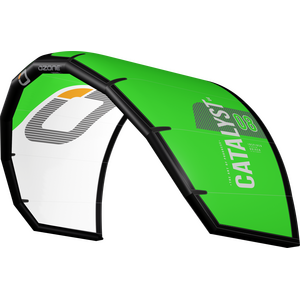
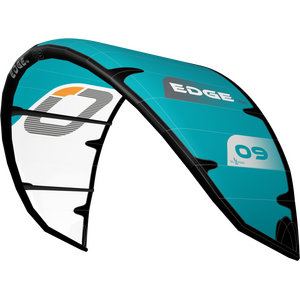

Leading Edge Inflatable (LEI) kite is a single skin kite with inflatable bladders providing structure. Can be used on water, land and snow. A LEI is a great kite for water use because the inflated bladders cause it to float on the water surface. A LEI can sit on the water for an indefinite time and still be relaunched because, unlike a foil kite, there are no chambers that can fill with water. Inflatable kite is the most popular model if wan't to use the same kite on water and snow.
Complete kite sets include:
- Kite
- Bar + flying lines
- Safety Leash
- (Pump)
- Small emergency repair set
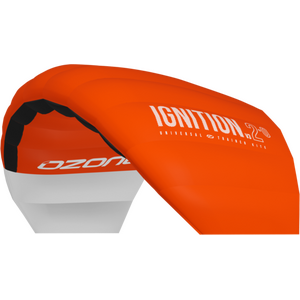
Trainer kites are designed only for kite handling training. Surface area of a small trainer kite is too small to create power to pull you. Control system in trainer kites doesn't have de-power and it doesn't have a hook to connect your harness. That's why they're not the best option for a general kids kite either.
Foilkite for...
- Beginners who are only interested in snowkiting.
- Kite expeditions, fjells and uplands
- Freeskiers who want to ski more than hike
- Closed-cell foilkites for experienced kiters for water and snow
Inflatable for...
- Multikiters (water and snow)
- Freestyle kitesurfers
Which size should I choose?
If you want to get along with one kite in most wind contitions (7-12m/s)
<75 kg – 8m2 foilkite or 10m2 inflatable
75-85 kg – 10m2 foilkite or 12m2 inflatable
85+ kg - 12m2 foikite or 14m2 inflatable
In strong wind you'll need a smaller kite and when it's light wind choose a bigger kite. You can start with one kite but most actives usually have at least two kites.
Harnesses are divided to seat and waist harness.
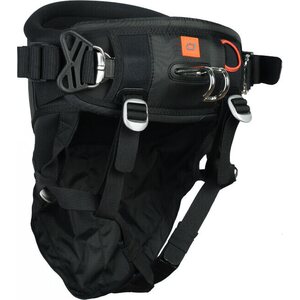

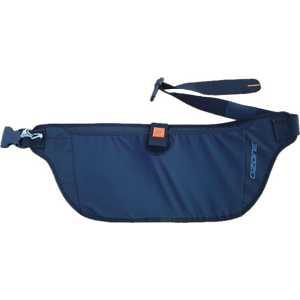
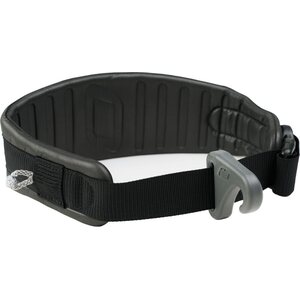
Waist harnesses have devoloped a lot in the past few years, allowing them to be more comfortable and offer a lot more support to the lower back. Sits slightly higher on your body than a seat: attach them with one velcro strap in your waist then tighten the spreader bar for a snug fit. A seat harness tends to be a good harness for most beginners, and it is probably the type of harness you would have worn during your kiteboarding lessons.
If you're interested in kite package deals please ask.
Click HERE to see which kites are availaible immediately in our store.
Explore is the master of accessibility. This single surface design opens up a world of Snowkiting opportunities. It is very user friendly to learn on and for the advanced rider opens up new ways of riding and pushing the boundaries.
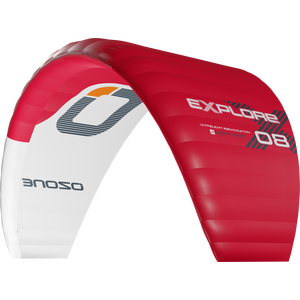
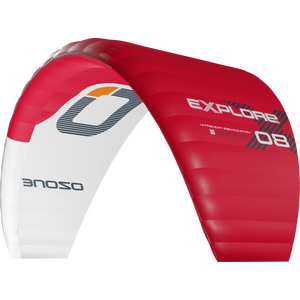
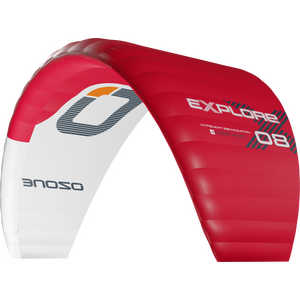
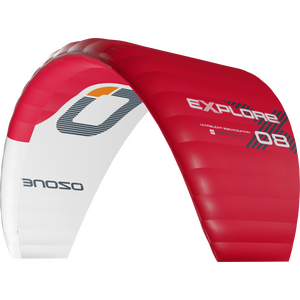
Ozone Subzero - Dedicated Snowkite performance. Freeride and Backcountry machine. Latest Foil Kite and Paraglider design technology.
Ozone Catalyst - Designed for entry level and intermediate riders - It's a confidence inspiring, fun and easy kite to ride that will make your progression in the sport fast, safe and enjoyable.

Outlet prices from 799,00 €
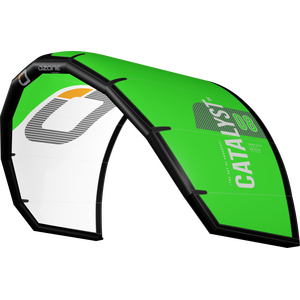
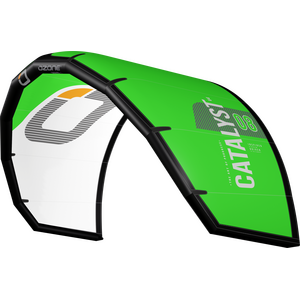

Ozone Enduro has to be the one of the best go-to kites on the market - any style, any conditions, with the Enduro you will be ripping!
